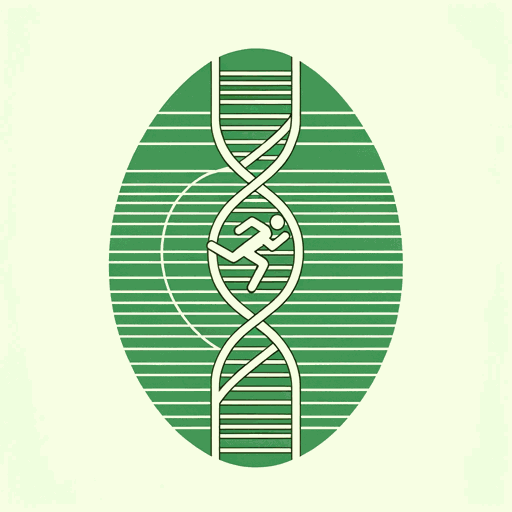50 pages • 1 hour read
David EpsteinThe Sports Gene: Inside the Science of Extraordinary Athletic Performance
Nonfiction | Book | Adult | Published in 2013A modern alternative to SparkNotes and CliffsNotes, SuperSummary offers high-quality Study Guides with detailed chapter summaries and analysis of major themes, characters, and more.
Chapters 4-6Chapter Summaries & Analyses
Chapter 4 Summary: “Why Men Have Nipples”
Epstein opens Chapter 4 with a story of elite sprint hurdler María José Martínez-Patiño, who discovered only when she was banned from competing in the 1985 World University Games in Japan that she had XY chromosomes—a combination that usually signifies “male.” As Epstein says, however, “Neither body parts nor the chromosomes within them unequivocally differentiate male from female athletes” (59).
Epstein discusses the differences between male and female athletes in terms of performance, the biggest discrepancy manifesting in throwing sports. One explanation is that men have longer forearms than women, and the growth of this body part is dictated by the SRY gene, or the sex determining region Y gene, which is a gene on the Y chromosome that acts as a “DNA skeleton key that selectively activates the genes that make the man” (60). All human embryos start out female, and after six weeks, the SRY gene activates the growth of testicles and the cells that will produce testosterone. Targeting skills, used to monitor and catch flying objects, are more advanced in men, likely as a result of testosterone exposure as fetuses. Another gap, the gap in running performance between men and women, is 11% and growing.
The best explanation as to why these gaps exist in athleticism is sexual selection.
Related Titles
By David Epstein


